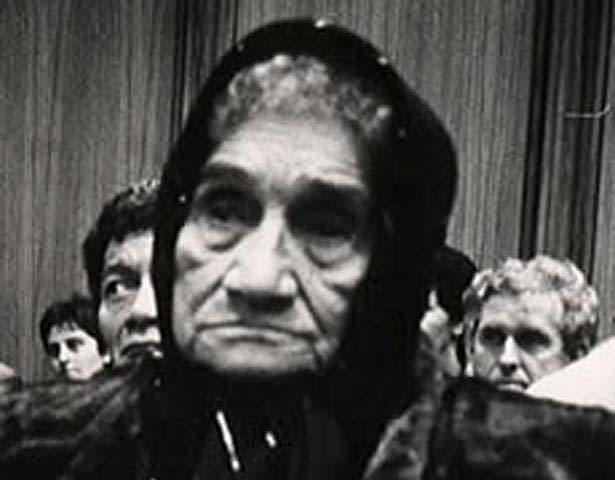
Early Crown policy
Many Māori prospered economically during the 1840s and 1850s. They supplied vital produce and labour to the fledgling European settlements. Māori agricultural goods found Australian markets, making a significant contribution to New Zealand's revenue. Māori communities obtained loans for flour mills, agricultural implements and ships, and there was investment in Māori health and education.
Despite mutual mistrust at first, by the early 1850s the Treaty relationship seemed generally positive. Amalgamation was a key part of the relationship. Māori would share the rights and privileges of British subjects under a common system as indicated in the terms of the Treaty and early colonial laws. The Crown and settlers, not Māori, would set the terms of this process. In essence, this would be a process of assimilation or absorption of Māori into the white settler world.
Balancing sovereignty and rangatiratanga
The British government knew that settlers would seek self-government sooner rather than later. From the outset there were questions over how firm the Crown could be in honouring the Treaty guarantees given to Māori. Balancing Crown sovereignty and rangatiratanga (Māori authority over their own affairs) would be difficult. This was especially so in the 1860s when the Crown no longer meant only British officials but included the parliaments elected by settlers.
Extending Crown sovereignty beyond the pockets of European settlement initially meant negotiating with and persuading Māori communities. Lieutenant-Governor William Hobson had a miserly budget and only a tiny police and military force. When war broke out in the Bay of Islands in the mid-1840s (and later elsewhere), the Crown needed the support of Māori allies to bring an end to the conflict. But after a series of intertribal conflicts in the Bay of Plenty, the Colonial Office ruled in 1843 that British law and the terms of the Treaty applied even to those chiefs and their tribes who had not signed the agreement.
The new governor, Robert FitzRoy, took limited steps to recognise Māori custom within the legal system. Most aspects of Crown policy were directed at the assimilation of Māori into colonial society. Some Māori worried that they would share the fate of Australian Aborigines under British rule. Former missionary George Clarke had been appointed in 1840 as Protector of Aborigines to guard Māori interests, but his position was hardly neutral; before 1842, he was also expected to negotiate purchases of land from Māori. George Grey, who became governor in late 1845 and who was suspicious of anyone else who exercised influence over Māori, abolished the protectorate in 1846.
Grey enacted the Resident Magistrates Ordinance 1847, which enabled Māori rangatira to be appointed to courts as assessors and Māori police to be recruited. Many Māori supported these steps, but, always anxious to promote his reputation in London, Grey exaggerated the progress of amalgamation. He saw no need to declare Native districts, provided for under the New Zealand Constitution Act 1852, which would recognise Māori authority over their own affairs. In his view, trade and mission schools promoted amalgamation well.
Land rights
The growing number of European migrants needed land, and some grew impatient. They thought that officials such as Governor FitzRoy were soft on Māori and did not protect settler interests. The New Zealand Company argued that the recognition of Māori land rights contained in Article Two of the Treaty should be restricted to 'a few patches of potato-ground, and rude dwelling places'. It dismissed the Treaty as 'a praiseworthy device for amusing and pacifying savages for the moment'. There was some support for this view in London, but missionaries and Crown officials in New Zealand did not agree.
In 1844 a British parliamentary committee declared the Treaty 'injudicious' and proposed a tax on all 'uncultivated' Māori lands. Confiscation would be the penalty for non-payment. A new constitution and charter for the colony in 1846 reflected such ideas. The governor was to assume ownership of large areas of Māori land not occupied according to European norms. Missionaries had pointed out that a specific standard of 'occupation', defined as the cultivation of crops, was being applied to Māori. This constitution was never implemented.
Governor Grey realised that policies that, in effect, seized land off Māori could provoke a mass uprising. He argued that Māori would willingly sell large areas of land to the Crown. Once given adequate funds, Grey initiated an ambitious programme of land purchasing. Nearly all of the South Island and about one-fifth of the North Island had passed into Crown ownership by 1865.

